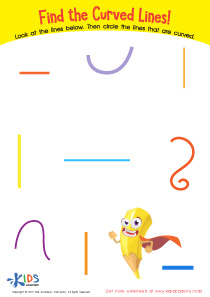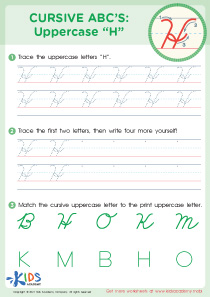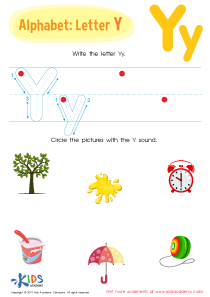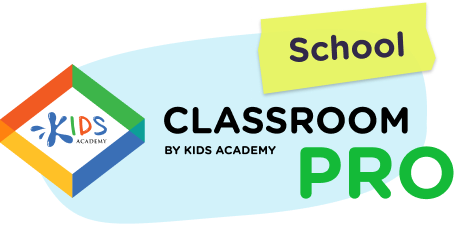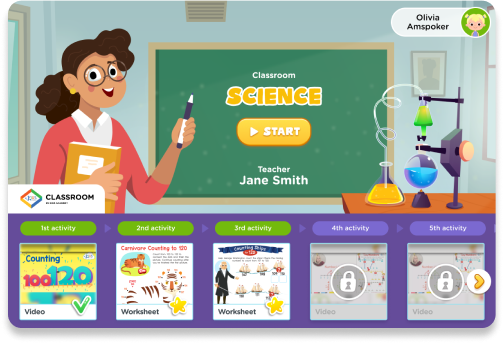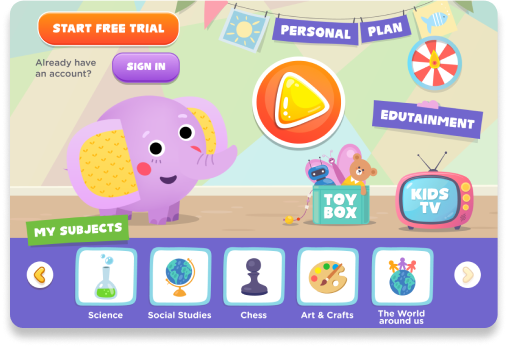Upper & Lowercase Letters Worksheets for Ages 3-9 - Page 3
50 filtered results
-
From - To
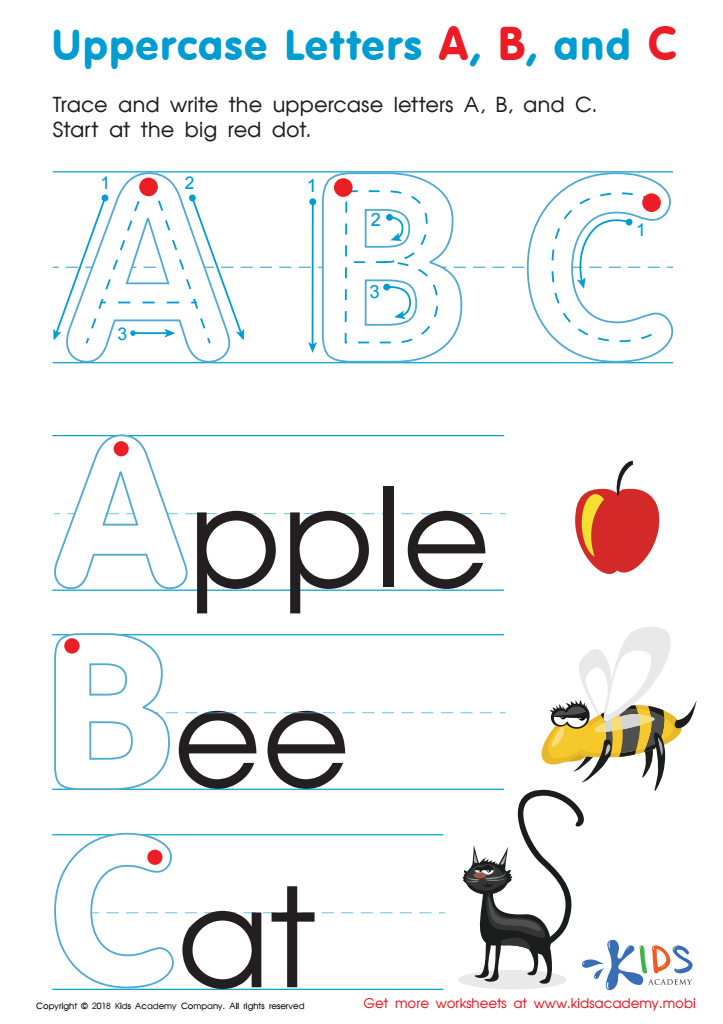

Uppercase Letters A, B, and C Worksheet


Let's Review! Big Letters Worksheet
Understanding uppercase and lowercase letters is essential for children aged 3 to 9 because it lays the foundation for literacy and effective communication. Early exposure to letters helps kids recognize and distinguish between them, which is crucial as they begin to read and write.
Uppercase letters are often used at the beginning of sentences and for proper nouns, teaching children the rules of grammar and punctuation essential for clarity in writing. Lowercase letters, on the other hand, represent the most commonly used letters in texts, so recognizing them is vital for reading fluency and comprehension.
Moreover, mastering letter cases aids in spelling and writing skills. Children develop better formatting skills, which are important for organizing thoughts on paper. It can also enhance vocabulary as they learn different contexts in which each case is used.
Additionally, promoting a playful environment in which children explore letters enhances their creativity and love for literacy. Overall, understanding uppercase and lowercase letters is a fundamental skill that supports academic success and fosters lifelong communication abilities, making it essential for both parents and educators to prioritize in early childhood learning.

 Assign to the classroom
Assign to the classroom





